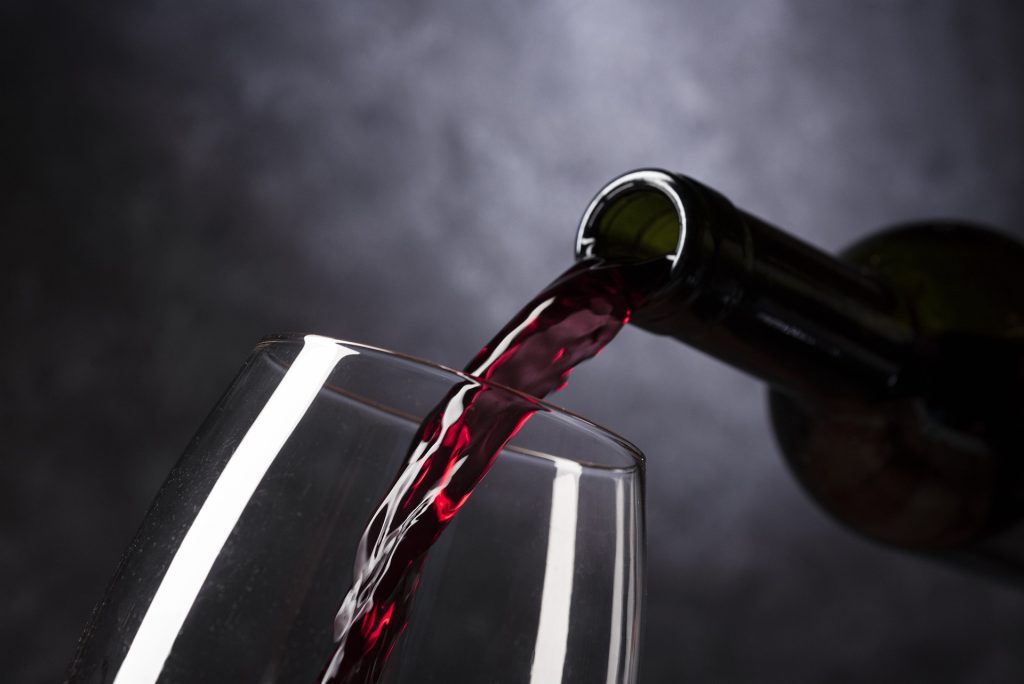Introduction
Red wine has captivated enthusiasts and casual drinkers alike for centuries. With its rich flavors, diverse varieties, and complex aromas, red wine is more than just a beverage; it is a cultural experience. This article serves as a beginner’s guide to understanding red wine, covering its production, types, and tasting notes.
1. The Production of Red Wine
Red wine is made from dark-colored grape varieties. The production process involves several key steps:
- Harvesting: Grapes are typically harvested in late summer or early fall when they reach optimal ripeness. The timing of the harvest is crucial, as it affects the wine’s flavor and acidity.
- Crushing and Fermentation: After harvesting, grapes are crushed to release their juice. The skins, seeds, and stems are often included in the fermentation process, which gives red wine its color and tannins. Yeast is added to the mixture to convert sugars into alcohol, resulting in fermentation.
- Aging: Once fermentation is complete, the wine is transferred to barrels or tanks for aging. This process enhances the wine’s flavors and aromas and can last from a few months to several years, depending on the desired style.
2. Types of Red Wine
There are numerous types of red wine, each with its unique characteristics:
- Cabernet Sauvignon: Known for its bold flavor and high tannin content, Cabernet Sauvignon is one of the most popular red wines globally. It often features notes of blackcurrant, cedar, and spice.
- Merlot: Merlot is softer and fruitier than Cabernet Sauvignon, making it an excellent choice for beginners. It typically has flavors of plum, cherry, and chocolate.
- Pinot Noir: This delicate grape produces light-bodied wines with complex flavors. Pinot Noir is often characterized by notes of red berries, earthiness, and floral aromas.
- Syrah/Shiraz: Syrah (known as Shiraz in Australia) is a full-bodied wine with rich flavors of blackberry, pepper, and smoked meat. It often has a robust structure and can age well.
3. Tasting Red Wine
Tasting red wine involves more than just sipping; it is an experience that engages all the senses:
- Visual Inspection: Observe the wine’s color and clarity. Young red wines tend to be more vibrant, while older wines may exhibit a brick-red hue.
- Aroma Assessment: Swirl the wine in your glass to release its aromas. Take a moment to inhale deeply, identifying different scents such as fruit, spice, or oak.
- Flavor Profile: Take a small sip and let the wine coat your palate. Pay attention to the balance of sweetness, acidity, tannins, and alcohol.
Conclusion
Understanding red wine can enhance your appreciation and enjoyment of this timeless beverage. By learning about its production, types, and tasting techniques, you can embark on a journey through the world of red wine. Whether you are a novice or an experienced enthusiast, there is always something new to discover in every bottle.

